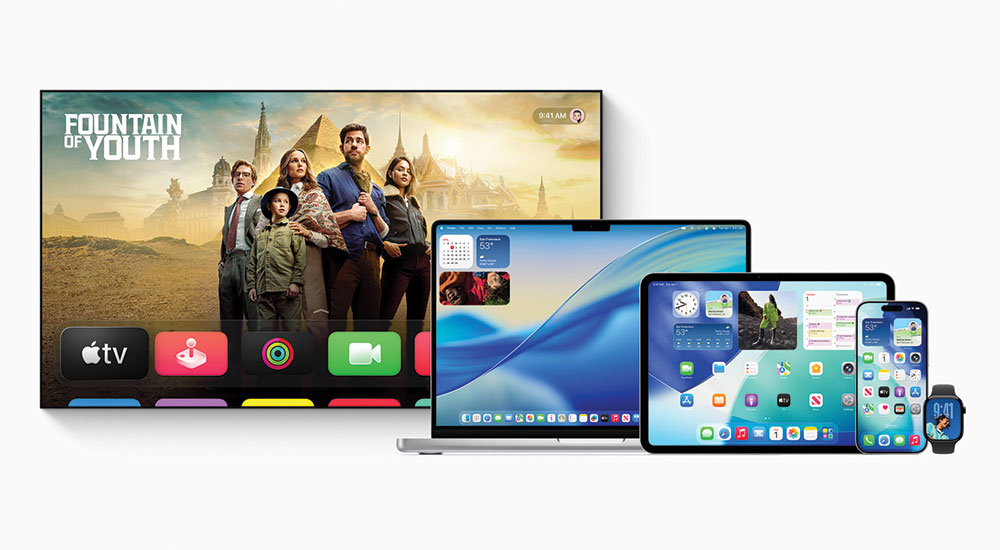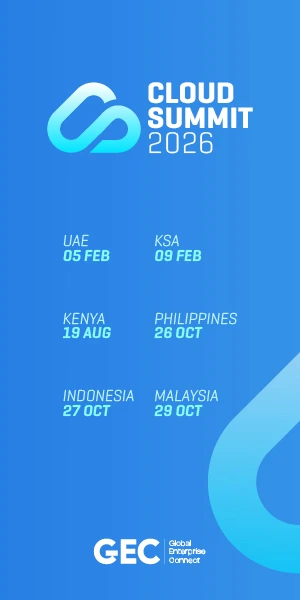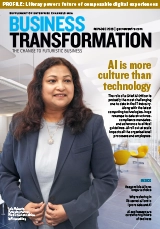Apple has introduced a stunning new software design that brings a more expressive and delightful experience to apps and system interactions while remaining instantly familiar. Central to this evolution is a new material called Liquid Glass. This translucent, dynamic material reflects and refracts its surroundings, adapting fluidly to draw attention to content — infusing a new sense of vitality across controls, navigation, app icons, widgets, and more.
For the first time ever, this refined design language spans across all platforms — iOS 26, iPadOS 26, macOS Tahoe 26, watchOS 26, and tvOS 261 — creating deeper harmony among them while preserving the unique characteristics that define each.
“At Apple, we’ve always believed in the deep integration of hardware and software that makes interacting with technology intuitive, beautiful, and delightful,” said Alan Dye, Apple’s vice president of Human Interface Design. “This is our broadest software design update ever. Meticulously crafted by rethinking the fundamental elements that make up our software, the new design features an entirely new material called Liquid Glass. It combines the optical qualities of glass with a fluidity only Apple can achieve, as it transforms depending on your content or context. It lays the foundation for new experiences in the future and, ultimately, it makes even the simplest of interactions more fun and magical.”
Introducing Liquid Glass: A New Expressive Material
Drawing inspiration from the dimensionality of visionOS, this new design is powered by Apple’s leading innovations in hardware, silicon, and graphics. Liquid Glass, a translucent material that mimics the physical behavior of real glass, adjusts its hue based on surrounding content and seamlessly transitions between light and dark environments. Developed through close collaboration between Apple’s design and engineering teams, Liquid Glass leverages real-time rendering and responds to motion with specular highlights — creating a vibrant, interactive experience across iPhone, iPad, Mac, Apple Watch, and Apple TV.
This elegant material enhances every level of user interaction, from everyday elements like buttons, switches, sliders, and media controls to more extensive interface components like tab bars and sidebars. It also transforms system experiences such as the Lock Screen, Home Screen, notifications, and Control Center.
Refreshed App Designs
With the intent of placing greater emphasis on familiar content, Apple’s design team evaluated every facet of the platform ecosystem to drive consistent improvements.
Controls, toolbars, and in-app navigation have been reimagined. Previously optimized for rectangular displays, these elements now align perfectly with the rounded contours of modern device hardware and windows, enhancing harmony between software, hardware, and content. Built from Liquid Glass, controls form a distinct, elevated layer over app content. They subtly yield to the content and fluidly transform as users explore different app sections or require additional functionality. Intuitive groupings make locating necessary tools faster and easier.
A Cohesive Experience Across Platforms
This redesign stretches across iOS, iPadOS, macOS, watchOS, and tvOS, enriching system-level features such as the Lock Screen, Home Screen, desktop, and Dock. To maintain emphasis on subjects in photo-based Lock Screen wallpapers, the clock itself is now rendered in Liquid Glass and gracefully adjusts to sit behind the image’s focal point.
Empowering Developers to Build Dynamic Apps
For developers leveraging SwiftUI, UIKit, and AppKit, Apple has released an updated set of APIs to make it simple to adopt the new design. By integrating Liquid Glass materials and refined controls, developers can refresh their apps’ look and feel, ensuring every user interaction is more intuitive, responsive, and visually delightful.




















